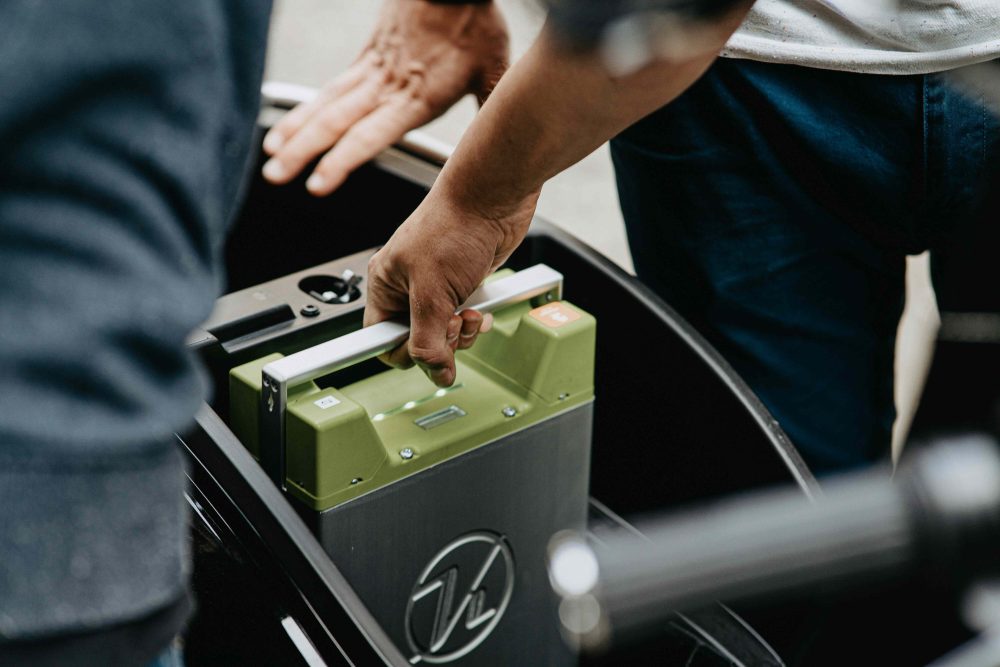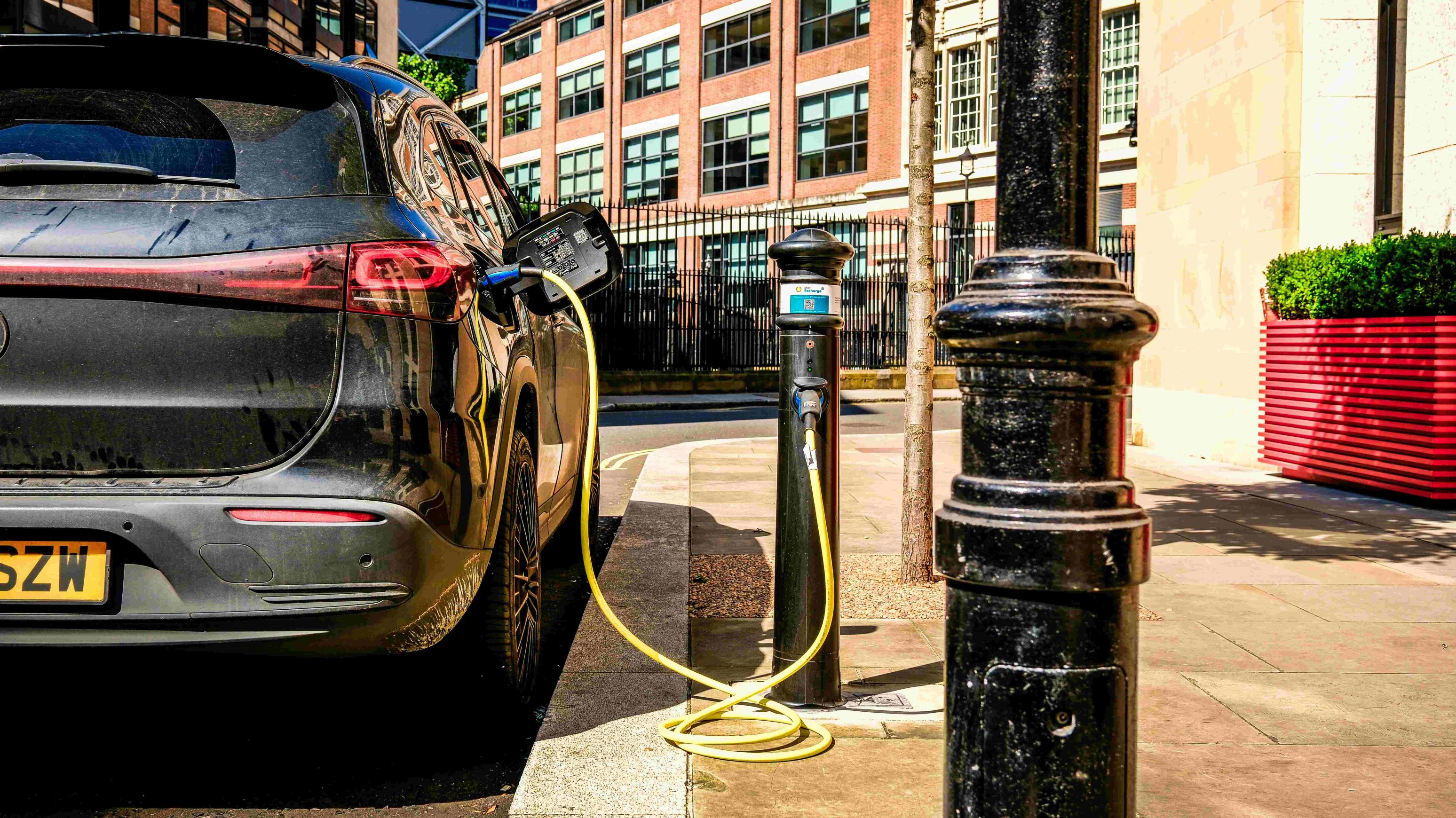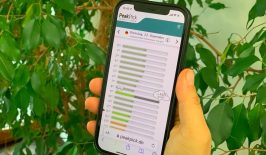In a world where electric vehicles (EVs) and renewable energy systems are becoming increasingly mainstream, the need for sustainable and efficient battery management has never been more critical. Female-owned, Berlin-based company CellStack is addressing this growing demand. Their advanced software platform is designed to monitor, test and measure battery performance in real-time.
Even green batteries are not made to last
According to the Sustainable Energy Authority of Ireland (SEAI), most manufacturers in 2023 guaranteed either eight years or 160,000 kilometres of electric car battery life, whichever comes first. This lifespan can change depending on the battery’s make, as well as temperature and charging habits. The manufacturers surveyed generally also promised a minimum state of health (SoH) of 70 percent. This means that if the “health” of the electric car battery went below 70 percent in under eight years or 160,000 kilometres, the battery replacement would be covered by warranty.
However, at 70 percent functionality after eight years or 160,000 kilometres, clearly EV batteries past their prime still have plenty of use left. Also, the battery’s ability to store energy may decrease over time, but the battery energy delivery doesn’t change.
CellStack Gives EV batteries new life
At the core of CellStack’s mission is a commitment to extending the useful life of electric batteries. They’ve developed a platform where users can access tools necessary to repurpose these batteries for energy storage systems, reducing waste and improving overall efficiency. This approach helps reduce the environmental impact of battery disposal, promoting a more circular and sustainable energy ecosystem.
The environmental impact of recycling EV batteries
The environmental impact of EV battery disposal is significant and multifaceted. These batteries contain toxic substances such as cobalt, nickel and manganese, which, if not handled correctly, can leach into soil and water. Additionally, improperly discarded batteries can spontaneously catch fire, which poses safety risks to landfill sites and the surrounding ecosystems.
It’s also no secret that the extraction of raw materials used in EV batteries is resource-intensive and environmentally damaging. Reuse and recycling can significantly reduce the demand for new raw materials and the land degradation, water contamination and habitat destruction that EV material mining is notorious for.
As of 2023, much of the EV battery recycling industry is still in its early stages. Most recycling operations are currently processing production scrap rather than end-of-life batteries. According to recent estimates from the World Economic Forum, recycling could help mitigate up to 40 percent of a battery’s carbon footprint, making it an essential part of the transition to greener energy systems.
CellStack’s platform offers features designed to ensure the safe and efficient reuse of lithium-ion batteries. Firstly, the software provides precise insights into the remaining life of a battery on its user-friendly platform. Through sophisticated data analysis, it can identify performance irregularities early on, allowing for timely intervention in preventing battery failures. This aids companies to make informed decisions about reuse and, when necessary, replacement. Battery performance is also continuously monitored by CellStack’s software so that any safety risks can be identified before they arise.
An important step towards the clean energy transition
CellStack’s technology is well-timed. As the global shift toward renewable energy accelerates, energy storage systems are key to making renewable sources more reliable. By making it easier and safer to reuse lithium-ion batteries, CellStack is also helping to reduce the demand for new battery production—an energy-intensive process that relies on finite raw materials like lithium and cobalt.
As always, though, money talks. One powerful benefit of CellStack’s solution is its economic benefit for businesses. The platform helps reduce costs associated with battery disposal, replacement and procurement by enabling users to reuse batteries that would otherwise be discarded. All while contributing to a cleaner planet.









